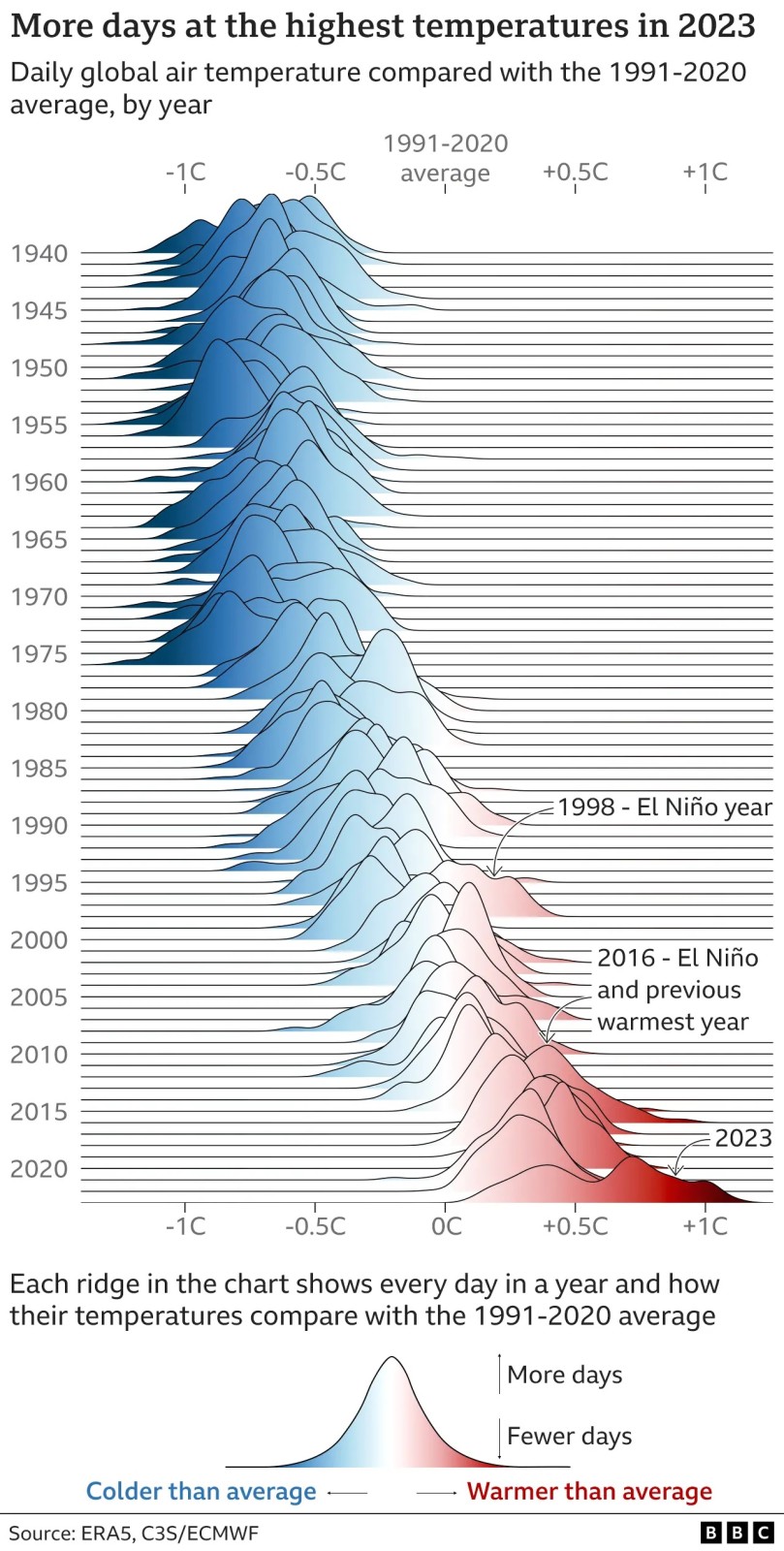-

NOAA and other organizations have now completed their analysis of the global climate for 2023. Every one of them shows that 2023 was the warmest year in record (since records began in 1880) by quite a bit. This is due to the strong El Nino, the rapidly warming Arctic, and the record-setting warm ocean temperatures…
-

Many people claim to be affected by weather patterns such as high or low pressure, low humidity, and other factors. They are linked to joint pain, migraines, and other health issues. One of my colleagues, Dr. Chris Elcik of the UGA Geography/Atmospheric Sciences program, has studied how people sensitive to weather are eager to get…
-

With the passage of the cold front yesterday, we are now expecting a somewhat more quiet period as far as weather goes, since the week will be dominated by a cold high pressure. There is likely to be some wintry precipitation and perhaps snow in northern parts of the region, but keep in mind the…
Posted in: Climate outlooks -

All of the rain that we have gotten in the last week has resulted in significant improvement of drought conditions across large parts of the Southeast. Every state has seen reductions in drought, and more is likely this week with the next storm coming through on Friday. Even Alabama, which is still mostly covered by…
Posted in: Drought -

NOAA released their latest ENSO outlook today. El Nino is firmly entrenched in place and is likely to be near peak strength right now. It is expected to weaken gradually over the next few months and then swing towards the opposite La Nina phase by late summer. If we are in a La Nina then,…
-

The wet spring in 2023 and the hot, dry conditions in many parts of the peanut-growing region last year caused yield reductions in many fields, even those that were irrigated, according to this story in Delta Farm Progress. The wet spring delayed planting, resulting in younger plants that were less able to withstand the effects…
-

Earlier this week, NOAA released their climate summary for 2023. It shows that the United States had a record number of billion-dollar disasters in 2023, including nine atmospheric river events in California, the wildfire in Maui, Hurricane Idalia, and droughts across the Mississippi Valley and other locations. You can read the NOAA News article at…
Posted in: Climate summaries